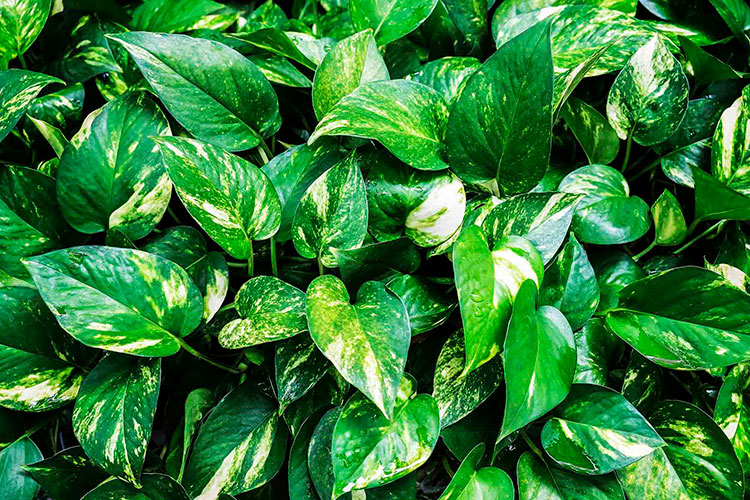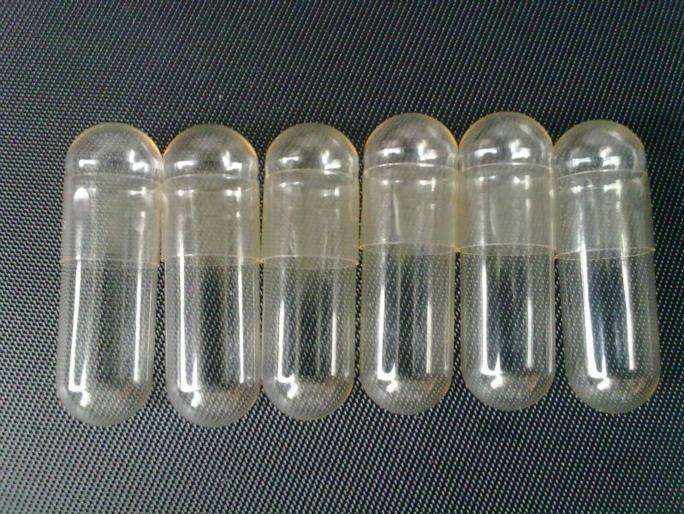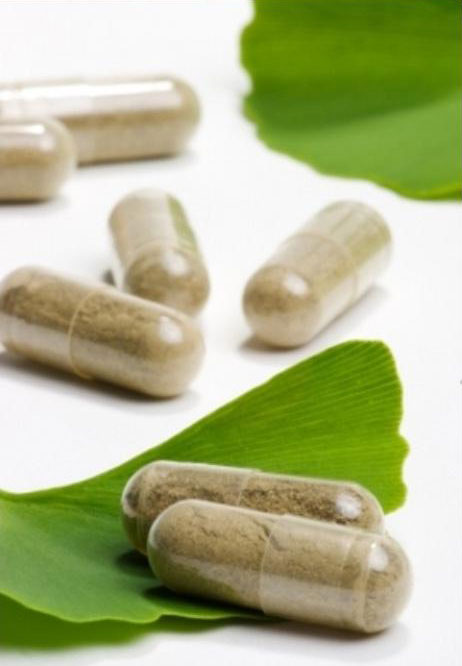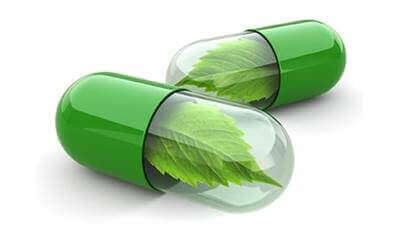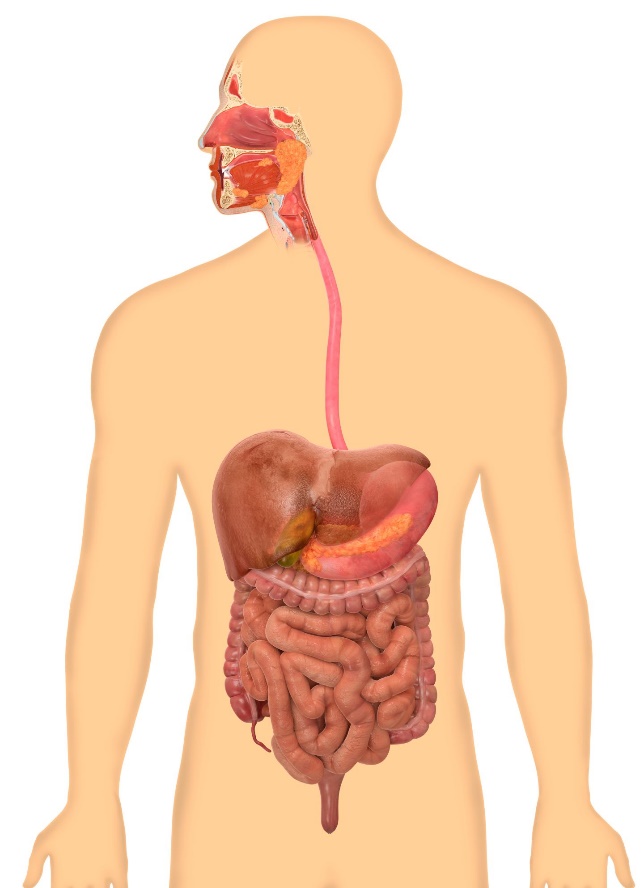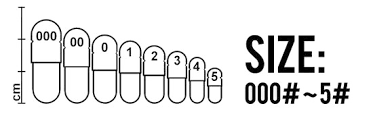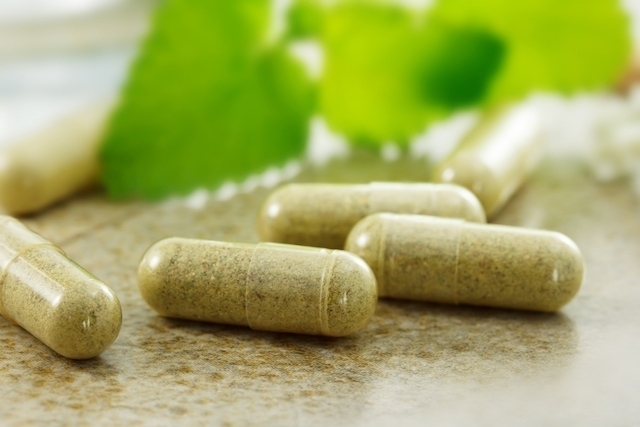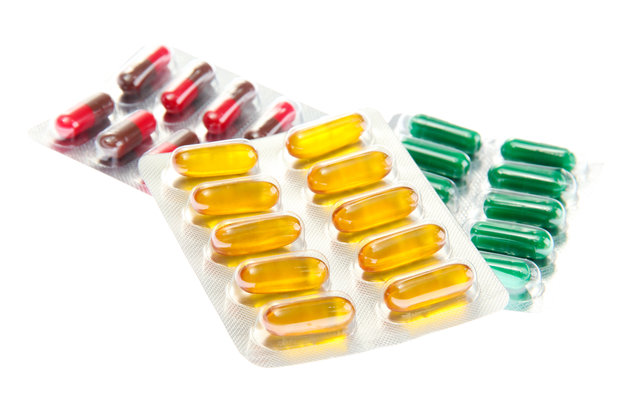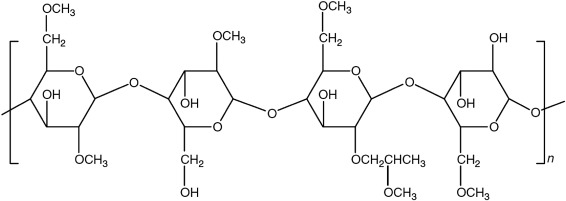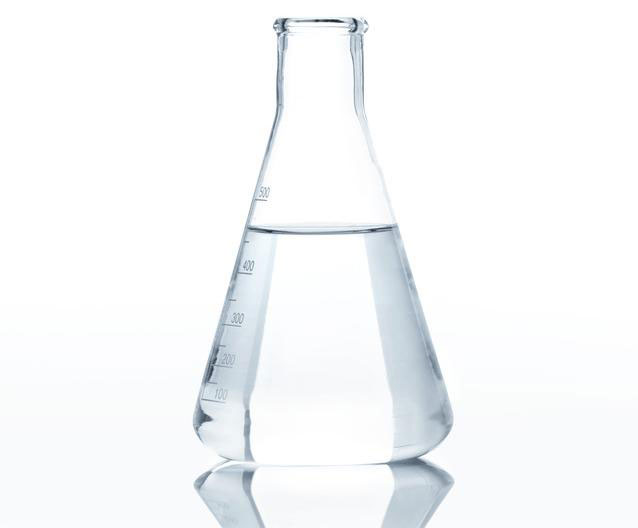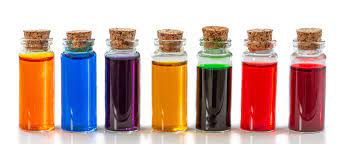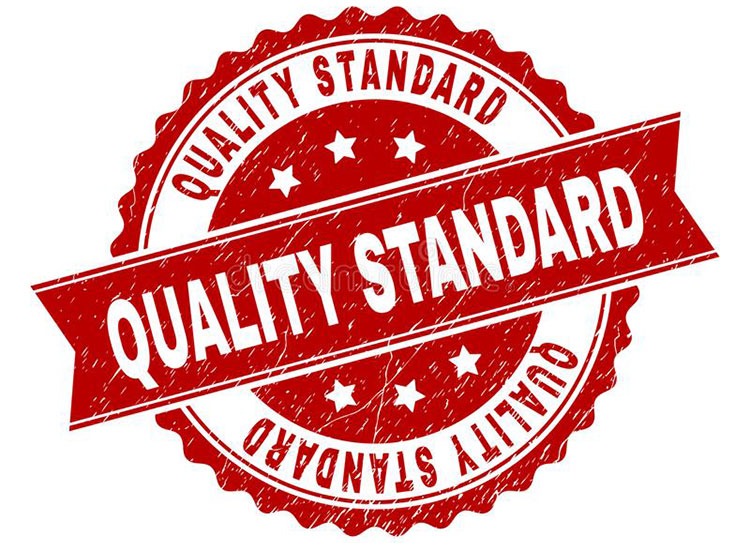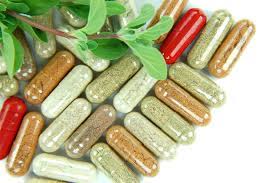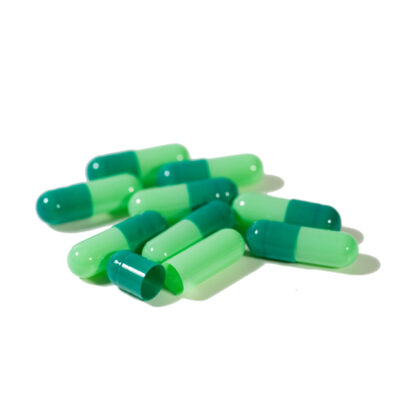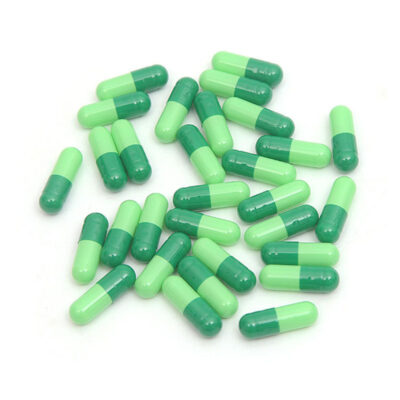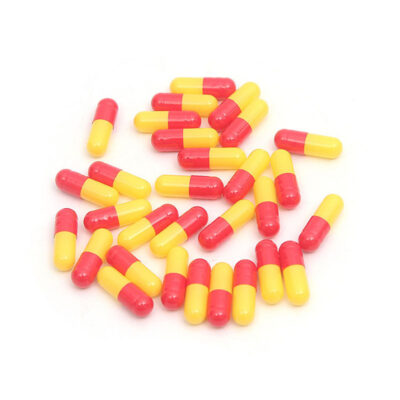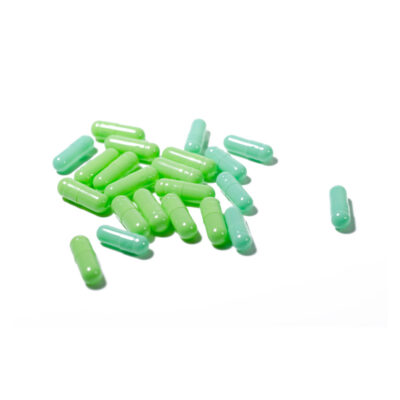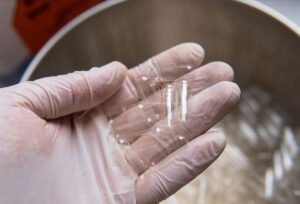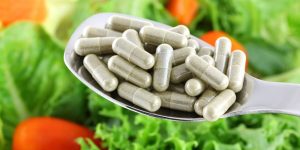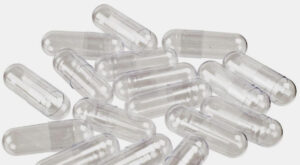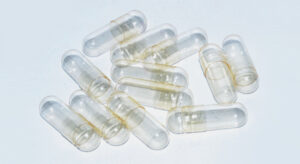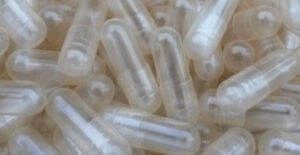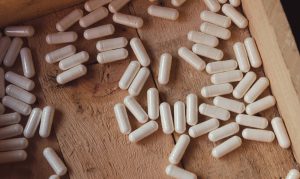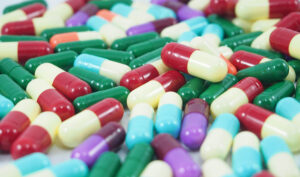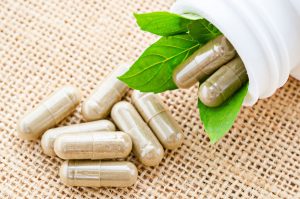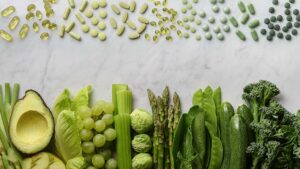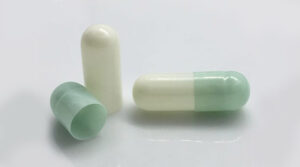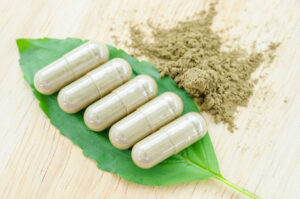Vegetable Capsules:the Complete Buying Guide in 2025
Capsules are one of the most common sources of taking oral drugs. The use of capsules has gained immense importance over the past few years because of their property of masking the unpleasant taste and odor of active pharmaceutical ingredients (API). Among capsules, there are different types of capsules like hard gelatin capsules, soft gel capsules, liquid-filled capsules, and dry-filled capsules. Among all these types one of the most important types of capsules is Vegetable capsules. These are the special type of capsules consumed by a large group of people who choose to eat only vegetables and related foods. This group of people has cut down the use of meat, dairy, and all other related products because of health issues, religious beliefs, or maybe due to some environmental factors.
Vegetable capsules are more or less like gelatin capsules with some differences in their composition. The major difference is that they are made up of cellulose instead of gelatin, and cellulose is a plant-based protein.
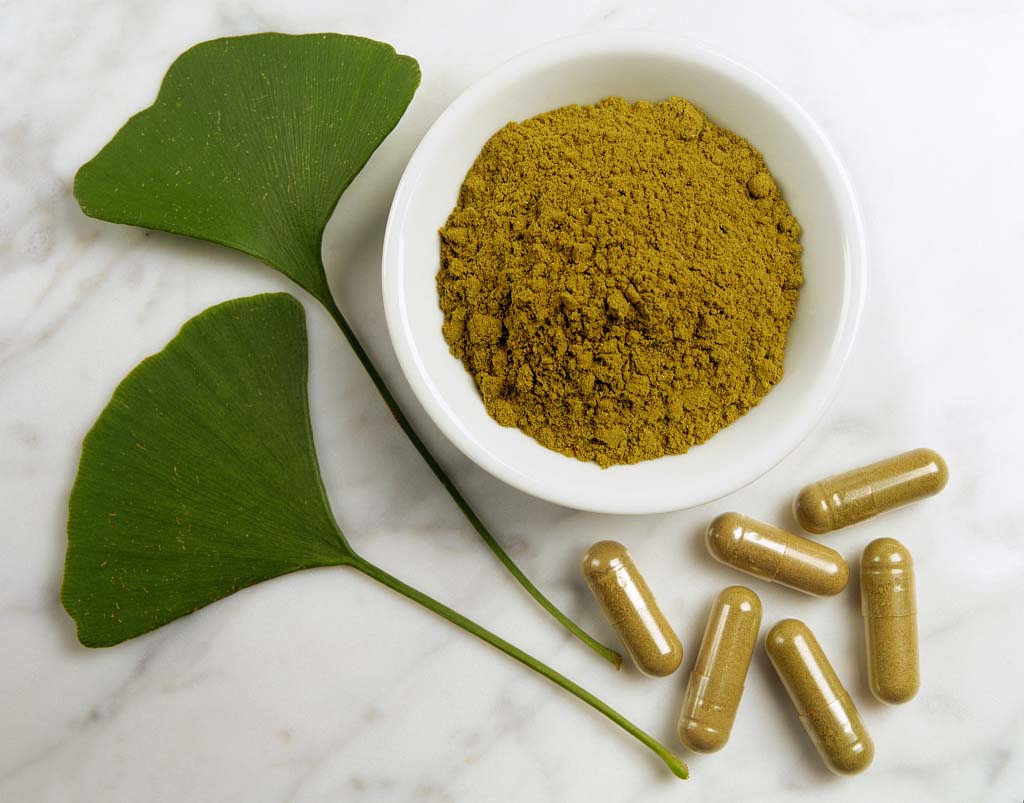 Today we will focus on the composition, useful aspects, different types, limitations as well as the size and color of vegetable capsules. Let’s start the journey of understanding the vegetable capsules.
Today we will focus on the composition, useful aspects, different types, limitations as well as the size and color of vegetable capsules. Let’s start the journey of understanding the vegetable capsules.
Q1) What are vegetable capsules?
A vegetable capsule is a special form of capsule made from purely plant-based sources. These capsules are made from a mixture of the compound known as Hydroxypropyl methylcellulose (HPMC), more commonly called cellulose which is completely a plant-based protein.
Cellulose Plants-Image Courtesy: news.virginia.edu
Q2) How vegetable capsules are made?
The empty shell of the vegetable capsules is made by using a piece of equipment introduced by Eli Lilly. The shell of the vegetable capsules is made purely from cellulose with no addition of preservatives or any kind of additives. The process of making vegetable capsules required some special modifications in the molding machine. The process can be split into steps for better understanding.
- First, you will mix the HPMC mixture with other ingredients including plasticizers, glycerin, and coloring agents.
- After mixing all the ingredients the molding pins are immersed in the mixture at a relatively high temperature of about 70°C. In this way, the pins are formed.
- The other important step is the introduction of the gelling system. The gelling agents like pectin, carrageenan, and gellan gum along with the gel promoters like calcium ions, sodium ions, and potassium ions are added to form the intact outer cover of the capsule shell.
- The capsules are then dried and the size, color, and printing of the capsule are then maintained.
Empty Vegetable Capsule Shell-Image Courtesy: ijpcsonline
Q3) What are the benefits of vegetable capsules?
There are several reasons why vegetable capsules are preferred over gelatin capsules. These benefits range from health improvements to religious beliefs. Here I am going to describe to you a few of the very common benefits of vegetable capsules.
Advantages of Vegetable Capsules-Image Courtesy: natureshealth
- Vegetable capsules are tasteless, odorless, and don’t have much difference of taste from the gelatin capsule.
- Vegetable capsules are the best choice for persons who don’t want to eat gelatin capsules because of any health conditions or ethical considerations.
- Vegetable capsules can be used in any form whether gel or powder form.
- Vegetable capsules have a better digestive ability.
- Vegetable capsules have different variety of shapes, colors, and sizes.
- Vegetable capsules are purely made of plant-based components thus they are toxin-free and natural.
- The long-term use of the vegetable capsules doesn’t impart any health effects.
- Vegetable capsules are suitable and accepted by a large group of people because of the Halal certification.
- Vegetable capsules can withstand a wide range of the products inside ranging from essential oils, hygroscopic and liquid formulas as well as can carry moisture.
- The filling of the vegetable capsules is convenient as compared to the gelatin capsules.
- Vegetable capsules are more suitable in terms of storage as they can hold a high temperature of up to 80°C.
Q4) What are the limitations of vegetable capsules?
Vegetable capsules do have some drawbacks linked to them irrespective of the wide range of their uses.
Limitations of the Vegetable Capsules-Image Courtesy: .ipwatchdog
The common drawbacks that you should be aware of before making your choice of the vegetable capsules include:
- The first and most prominent drawback of the vegetable capsule is its high cost of production. The ingredients used in the preparation of the vegetable capsule are expensive thus making the final product cost.
- The manufacturing of the vegetable capsules requires special manufacturing technology and equipment, thus limiting their production at small-scale businesses.
- The equipment used for the production of the vegetable capsule also needs high investment.
- The process of making the vegetable capsule is highly technical and required special experience and training to understand all the technicalities and successfully carrying out the process.
Q5) What are different forms of vegetable capsules?
Vegetable capsules exist in different forms. Different manufacturers have different varieties of vegetable capsules depending upon the customer demand and needs. Following are the types of vegetable capsules in the pharmaceutical industry.
- HPMC Capsules
- Tapioca Capsules
- HPMC Capsules:
This is the most common type of vegetable capsule made up of cellulose polymer. This is known as hydroxypropyl methylcellulose or hypromellose and is being used in the drug industry since 1990.
HPMC Based vegetable Capsules-Image Courtesy: figtreebio
Cellulose has special properties that make it resistant to heat, light, and moisture. Thus, it gives great stability and protection to its derived products. In the pharmaceutical industry, cellulose polymer is widely used as a dietary supplement and tablet coating substance because of its resistant properties. It has also the ability to protect against the harsh acidic conditions of the stomach. That’s why it is mostly used in the formation of most nutraceuticals and dietary supplements.
- Tapioca Capsules:
This is another alternative for animal by-product capsules. It has a wide range of properties and uses that make it a good material for the production of vegetable capsules.
Process of Making Tapioca Capsules-Image Courtesy: saintytec
It has a great performance capacity and can be adjusted with a wide range of products because of its pure nature. The capsule has high stability just like the gelatin capsules. Also, the processing and product formation is quite easy. The most important feature of Tapioca is that it has safety regulations from the well-reputed food and drug agencies.
These capsules guarantee a healthy lifestyle to their users and are rich in dietary supplementary. It overcomes all ethnic beliefs and is 100% Halal. The capsule itself has a shiny glass-like appearance that makes it aesthetically appealing.
Q6) How a vegetable capsule differ from a gelatin capsule?
There are several reasons for the high demand and popularity of the vegetable capsules over the gelatin capsules.
For better understanding about the characteristics of the vegetable capsules let’s compare them with the gelatin capsules.
| Characteristics | Vegetable Capsules | Gelatin Capsules |
| Raw Material | They are made up of plant protein called Hydroxypropyl methylcellulose. | They are made up of the animal based proteins. |
| Moisture Content | They have low percentage of moisture of almost 2% to 6%. | They have high moisture content of about 13% to 15%. |
| Cross Linking | They have no cross linking in their final structure, thus they have greater solubility. | They have cross linking in their structure thus have lower solubility. |
| Stability | The low water content makes them stable. | The high water content in them less stable. |
| Oxygen Absorption | They have high oxygen absorption capacity because of lose structure. | They have low oxygen absorption capacity because of cross linkages in the structure. |
| TSE( Transmissible Spongiform Ecephalopathy) Certification | They don’t require any TSE certification since they are purely plant based. | They do require the TSE certification to ensure the safety of the product. |
| Degradation by heat and light | They have high stability towards temperature and light and not degraded easily. | They have low stability for temperature and light and are easily degraded. |
| Solubility | They are soluble in water at room temperature. | They are not soluble in water at the room temperature. |
| Filling Capacity | They have the ability to withstand with wide variety of filling materials like liquid, solid, and gel. | They can only with stand the solid and dry filling material, and you can’t fill liquid or oil inside them. |
All these characteristics of the vegetable capsules make them a better choice over the gelatin capsules. Since in modern age many people have become more conscious regarding their health and nutrition, and have shifted on the pure vegetarian diet. That’s why vegetable capsules have high consumer demand because of ethnicity or some health concerns.
Q7) What is the digestion process for a vegetable capsule?
Vegetable capsules have gained great popularity because of their high rate of digestion and great bioavailability. The average time for digestion of the vegetable capsule and made its content available to the body in 30 minutes. The digestion rate of the vegetable capsules depends upon some important factors. These factors play a major role in the digestion of vegetable capsules.
Digestion Process for Vegetable Capsules-Image Courtesy: dkfindout
These factors include:
- Nature of the Vegetable Capsules:
The digestion rate of different substances depends upon their chemical nature. Like liquids digests and absorbs more easily than solids. The same is the case with vegetable capsules digestion. As these are already in liquid form thus absorb at a faster rate within the time of 20-30 minutes.
- Size of Vegetable Capsules:
The overall size and design of the vegetable capsule also affect its rate of digestion. The size of the vegetable capsules varies depending upon the different manufacturing companies. A capsule of a smaller size will absorb faster than a capsule of a larger size.
- Temperature:
Vegetable capsules have a great range of temperatures for their digestion. The temperature zone of 10-50°C is the ideal temperature for their dissolution. This means that the intake of vegetable capsules with warm or cold liquids doesn’t affect its digestion.
- PH of the medium:
The PH conditions of the stomach also have a direct link with the digestion of the vegetable capsules. The ideal PH for their digestion is basic and within the acidic medium with a PH of 6.8, the capsules require more time to dissolve.
- Humidity:
The digestion and availability of the vegetable capsules increase with the increase of the moisture content. With a moisture content of less than 10%, the vegetable capsule will take 30-60 minutes for complete digestion.
- Filling of the Vegetable Capsules:
The filling material also has a direct link with the digestion of the vegetable capsules. If the particles of the filling material are small then they will have more surface area to act upon thus increases the rate of digestion and bioavailability. Similarly liquid filling material will absorb more readily than solid filling material.
- Coating of the Vegetable Capsule:
Vegetable capsules are coated with different materials to give them a shiny glass appearance. This coating material also affects the digestibility of the vegetable capsule. The thick coating material will increase the time for digestion.
- Packaging of the Vegetable Capsule:
You will be surprised to know that the digestion and the bioavailability of the vegetable capsules are affected by the thickness and material used for its packaging.
The capsules packed with hygroscopic and thinner medium the rate of dissolution increases and hence greater bioavailability. On the other hand, thick packaging material will be made the digestion of the vegetable capsules slow.
Q8) What is the list of ingredients used for making a vegetable capsule?
The major component of the vegetable capsule is Hydroxypropyl methylcellulose (HPMC). The methylcellulose is purely extracted from the plants and doesn’t have any traces of animal protein.
The structure of the cellulose can be described as follows.
Chemical Structure of Hydroxypropyl methylcellulose (HPMC)-Image Courtesy: sciencedirect
The other ingredients that are involved in the manufacturing of vegetable capsules are more or less similar to the ingredients of gelatin capsules. They are as follows:
- Water:
It is used in varying quantities depending upon the storage conditions of the vegetable capsules.
Water-Image Courtesy: tufailgroup
- Coloring Agents:
They are used to give unique and aesthetically appealing colors to the vegetable capsules. The colors can be adjusted according to the nature of the disease for which the vegetable capsules are being used. In this way, the capsule will complement the disease.
Coloring agents-Image Courtesy: bouquetconsult
- Plasticizers:
The common plasticizers being used include glycerin, sorbitol is the function to make the shell of the vegetable capsule more intact by reducing the rigidity.
- Opacifiers:
They are the protecting agents that save the shell of the vegetable capsule from heat and light and also play a supporting role for the material to be filled in the capsule.
All these ingredients in their required quantities make up the vegetable capsule through an extensive process.
Q9) What quality standards are important for vegetable capsules?
The safety and quality of the vegetable capsules must be ensured through quality assurance standards. These standards are very important for consumer satisfaction and market values. Without compliance with these standards, you will have low product demand.
Quality Standards for Vegetable Capsules-Image Courtesy: dreamstime
Following quality standards are necessary to be fulfilled by the manufacturers of the vegetable capsules.
- cGMP ( current Good Manufacturing Practices)
- FDA Requirements (Food and Drug Administration)
- Pharmaceutical and Medical Devices
- European Medicines Agency
- WHO Guidelines
All these standards give confidence to the consumer about the high quality of the product and increase your product value.
Q10) What is the average size of a vegetable capsule?
Vegetable capsules come in different sizes and weights depending upon the choice of consumer and manufacturing companies. Each company their size dimensions for the vegetable capsules. The size of the vegetable capsule ranges from 00 to 4 with different filling capacities and weights.
Different sizes of the Vegetable Capsules-Image Courtesy: ijpcsonline
The high-weighted capsule will also have more density for the filling material in its shell. You can simply remember that the “00” capsule can hold almost 735mg of the product and “0” can hold almost 500mg of the filling material.
Here is the tabular representation of the size and the weight of the vegetable capsules for your better understanding.
| Size | Length, cap | Length, body | Wall Thickness, cap | Wall Thickness, body | Average Weight | Limited Weight(mg) |
| 00 | 11.9±0.4mm | 20.4±0.4mm | 0.115±0.015mm | 0.110±0.015mm | 125±6mg | Average weight ±12 |
| 0 | 11.0±0.4mm | 18.5±0.4mm | 0.110±0.015mm | 0.105±0.015mm | 98±5mg | Average weight ±9 |
| 1 | 9.9±0.4mm | 16.5±0.4mm | 0.105±0.015mm | 0.100±0.015mm | 75±4mg | Average weight ±7 |
| 2 | 8.9±0.4mm | 15.3±0.4mm | 0.100±0.015mm | 0.095±0.015mm | 60±4mg | Average weight ±6 |
| 3 | 8.1±0.4mm | 13.6±0.4mm | 0.095±0.015mm | 0.095±0.015mm | 52±4mg | Average weight ±5 |
| 4 | 7.1±0.4mm | 12.1±0.4mm | 0.095±0.015mm | 0.095±0.015mm | 40±4mg | Average weight ±4 |
Size Specification of Vegetable Capsules-Data Courtesy: ijpcsonline
One important thing that should be kept in mind is that there must not be many variations in the weight of the capsules shells of vegetable capsules. The high variations will lead to the rejection of the many capsules during the sorting of the vegetable capsules.
Q11) What are the side effects of vegetable capsules?
There are rare cases when the side effects of the vegetable capsules may occur. You should be aware of these effects and must keep an eye on them.
The common side effects include:
- Dizziness
- Headache
- Irregular Heartbeat
- Bleeding gums
- Cough
- Swallowing Problem
In case of any of the above problems, you must seek experts’ advice immediately and go for the required preventive measures.
Q12) What are the important uses of vegetable capsules in the Nutraceutical industry?
Here are the important products of the vegetable capsules that have gained great importance over the past few years because of their widespread use and public demand.
| Product | Nature of Formulation |
| Damiana Herb 300mg | Pure powdered herbs (Damiana turnera
aphrodisiaca) |
| Thera Veda’s Ajay- Allergy
Support Formula |
Vegetable extracts and powders |
| Natren Life Start 2 | Bacteria, vitamin C, potato powders and
whole goat milk |
| Coloclear (in VegiCap) | Flax seeds, slippery elm and other herbs |
| Jarro-Dophilus EPS | 8 probiotic species and ascorbic acid |
| Culturelle HS Capsules | 80 mg lactobacillus GG (L. rhamnosus
GG) Vegetarian Formula |
| Align Daily Probiotic
Supplement Capsules |
Bifidobacterium infantis |
| Sportlegs Supplement | Vitamin D, calcium and magnesium |
| Planetary Herbals Cinnamon
Extract |
Cinnamomum aromaticum 300 mg,
bark extract 10:1 yielding 8% flavonoids, cinnamomum aromaticum bark 100 mg |
| Ex-Tox II | Folic acid, cilantro powder (leaf),
ethylenediamine tetraacetic acid, N-Acetyl L-cysteine, fulvic (humic) acid, Rlipoic acid (K-RALA), L-methionine |
Nutraceutical Uses of Vegetable Capsules-Information extracted from ijpcsonline
Q13) What is the market trend of vegetable capsules for 2021?
The market trends of the vegetable capsules show an increase in their demand. Also with the global corona pandemic, the need for immunity boosters has been increased and everyone is more concerned about their health and fitness ant that concern has given new importance to the use of vegetable capsules as immunity boosters.
It is now estimated that the demand for vegetable capsules will be further increased and there will be a great turnover in the international market of the vegetable capsules.
Conclusion:
Now that you are fully aware of all the properties, benefits and uses of the vegetable capsules, as well as the difference between a vegetable and a gelatin capsule, you can select your right dose of capsule wisely for the betterment of your health and fitness.
Empty Capsule Related Products
Empty Capsule Related Posts
Empty Capsule Related Videos
CONTACT US
Tell us your raw material and project budget to get quotations within 24 hours.
WhatsApp Us: +86 181 6426 8586

Want the best price & newest pharmaceutical machinery buying guide,tips and trends sent straightly to your box?Sign up for AIPAK’s monthly newsletter,we’re free for your consultation and Offer you the most suitable solutions!
The Buyer's Guide
- Capsule Filling Buyer's Guide
- Blister Packaging Buyer's Guide
- Tablet Counting Buyer's Guide
- Tube Filling Buyer's Guide
- Cartoning Buyer's Guide
- Gummy Making Buyer's Guide
- CO2 Extraction Buyer's Guide
- Empty Capsules Buyer's Guide
- Suppository Filling Buyer's Guide
- Tablet Coating Buyer's Guide
- Tablet Press Buyer's Guide
- Softgel Encapsulation Buyer's Guide
Most Popular
- 7 Importance Of Pharmaceutical Packaging In Different Applications You Must Know
- 6 Advantages You Must Know About Tablet Counting Machine
- 8 Advantages of Blister Packaging You Must Know
- 6 Critical Applications of Automatic Capsule Filling Machine
- 6 Stations You must Know to Improve the Filling Quality of Automatic Capsule Filling Machine


